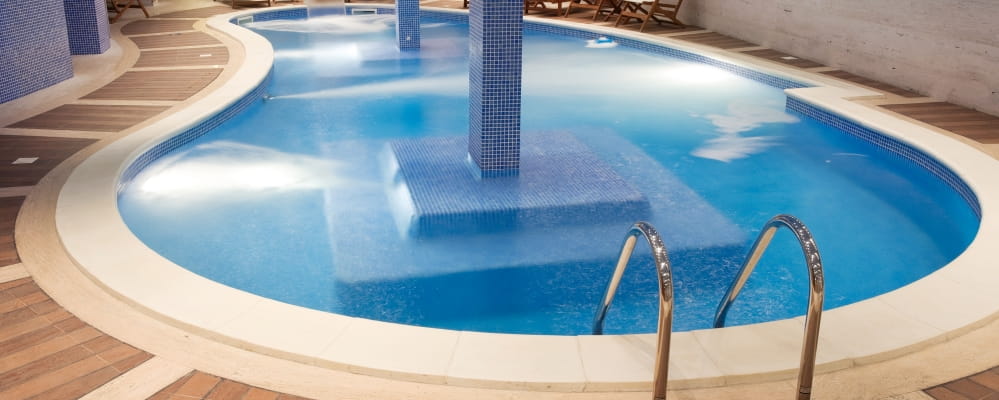
The "Great Bath" at Mohenjo-Daro in modern-day Pakistan is believed to be the first swimming pool, constructed during the 3rd millennium BC. This pool, measuring 12 by 7 meters, was lined with bricks and sealed with tar-based material.
Ancient Greeks and Romans built artificial pools for various purposes such as athletic training, nautical games, and military exercises. Roman emperors even had private swimming pools where fish were kept, leading to the use of the Latin word "piscina" for a pool. The first heated swimming pool was constructed by Gaius Maecenas of Rome in the 1st century BC, who was a wealthy Roman lord and a patron of the arts.
In the 4th century BC, the Ancient Sinhalese built pairs of pools known as "Kuttam Pokuna" in the kingdom of Anuradhapura, Sri Lanka. These pools were adorned with decorative elements like flights of steps, pots of abundance, and scroll designs.
The modern Olympic Games, which began in 1896, included swimming races, leading to the increased popularity of swimming pools worldwide.
Swimming pools gained popularity in Britain during the mid-19th century, with the existence of indoor pools with diving boards in London as early as 1837. The Maidstone Swimming Club in Kent, formed in 1844, is believed to be the oldest surviving swimming club in Britain. This club was established in response to concerns over drownings in the River Medway, where members would swim, hold races, diving competitions, and water polo matches. An aquatic breakfast party in July 1844, as reported by the South East Gazette, involved club members treading water and drinking coffee on a floating raft, with the last swimmers overturning the raft to the amusement of spectators.
